[et_pb_section fb_built=”1″ _builder_version=”3.22″][et_pb_row _builder_version=”3.25″ background_size=”initial” background_position=”top_left” background_repeat=”repeat”][et_pb_column type=”4_4″ _builder_version=”3.25″ custom_padding=”|||” custom_padding__hover=”|||”][et_pb_text _builder_version=”4.4.8″ background_size=”initial” background_position=”top_left” background_repeat=”repeat”]When we combine ancient healing knowledge and modern science, we are capable of revolutionizing the healing power of something as basic as water, to relieve painful joints and hydrate you all the way to the cell level.
The best pain reliever in your home is in your bathroom – but it isn’t what you think. Water therapy is one of the most ancient forms of healing and pain relief, with a multitude of studies to back it up. We’ve all read about the natural hot springs hidden all over the US that have been touted as the “fountain of youth,” but you need look no further than your bathtub to get similar results.
But there’s more to the healing power of water than its ancient roots in hydrotherapy for pain relief. Achy, stiff joints (and a whole host of other health issues) are often rooted in the breakdown and decrease of the fluids meant to cushion them. It’s dehydration at the cell level that is a root cause of what we’re often told is “wear and tear.” And it turns out that water exists in 4 different physical states – and it isn’t the liquid form that’s most hydrating for your cells.
The Ancient, Healing Power of Hydrotherapy
Sister Elizabeth Kelly became a celebrity and was more admired than Eleanor Roosevelt in the 1940s and 50s – but not for what you would normally think. It was for her treatment of polio. In a time when the excruciating pain and weakness was treated with painkillers and immobilizing braces, she was using gentle exercise and warm water therapy – and the results were nothing short of miraculous.
Dr. Bruce Becker was one of her patients when he was just 4 years old, and his successful healing at her hands made him vow when he became a doctor in 1969, to use the same warm water bath therapy with his patients. And sure enough, even people with chronic pain who couldn’t find relief any other way found fast relief through his water treatment. But just like Sister Kelly was called a charlatan for her unconventional therapy, Dr. Becker’s colleagues wanted to see scientific research that his unusual approach was indeed effective – so he did it himself.
Dr. Becker believed that a major cause of pain was overstimulation of the Autonomic Nervous System (ANS) -where your fight-or-flight response comes from – which comes with an increase in heart rate, blood pressure, breathing rate, a lower pain tolerance, and other biological responses. He was able to measure that when he submerged his chronic pain patients in warm water baths, their bodies entered a deep state of relaxation where blood pressure normalized, heart rate dropped to normal, and breathing slowed, along with decreased pain. This effect often would last for days after they left the water and was at least in part due to the temperature and hydrostatic pressure of the water.
More recent studies have confirmed his findings, especially in regard to the pain from osteoarthritis. A 2011 study published in Clinical Rehabilitation found that bathing in warm mineral water 3 times weekly significantly improved pain, function, and quality of life in these patients. And a 2016 study of warm sulfur baths 3 times weekly on patients with hip osteoarthritis found significantly less pain and stiffness with better function and mobility at the end of 12 weeks. Additionally, an Israeli study showed that Dead Sea baths for severe rheumatoid arthritis patients worked as well or better than powerful immunosuppressant drugs to relieve pain and improve function.
Since we are far from the Dead Sea, let’s look at what researchers have found is successful for painful joints that we can do right in our own homes:
- Immerse yourself in warm water that is 99.5 to 105 degrees in a bath or Jacuzzi 3 times a week. This temperature range is important to raise your core body temperature, which relaxes muscles and opens blood vessels to increase circulation. A floating thermometer can help you keep track of the temperature, so you can add water as needed to maintain the ideal range.
- Stay submerged up to your neck and soak for 20 to 30 minutes in the ideal temperature range. You can also do gentle stretching and massage while you’re in there to help with trigger points and fibromyalgia-type pain.
- Add minerals to your bath water. The easiest and most available form is Epsom salts, which are magnesium sulfate. Magnesium is an excellent muscle relaxer and essential for every cell in your body. Scientists have found that soaking in a bath with 2 to 3 cups of Epsom salts every day for a week can increase your blood magnesium levels as much as 40 percent, and healing sulfur levels can rise about 65 percent. Use 2 to 3 cups in your bath. And if you want to splurge, you can buy Dead Sea salt for your baths as well.
- Once you get out of the bath, wrap a large towel or thick robe around you and lie down for at least 10 minutes. Resting and allowing the minerals to stay on your skin is as important for healing as the bath. Once your body has gradually cooled off you can shower off.
- Stay hydrated. Hot salt baths can be dehydrating, and since your joints may already be chronically dehydrated, it’s important to drink herbal tea or lemon water for proper hydration. Why not plain water? The answer may surprise you.
True Hydration is Thicker Than Water
For decades we’ve thought that water only existed in 3 states – steam vapor, liquid, or solid ice – but it turns out there’s one more. This new state of water that’s been discovered is the missing piece for those who battle with chronic dehydration and its cell level effects, including osteoarthritis. It turns out that liquid water may not be the best state for us to hydrate our cells with.
This new state of water is being called gel water, because it’s somewhere between a liquid and a solid. Dr. Gerald Pollack, professor of bioengineering and head of Pollack Lab at the University of Washington, is a leading expert in research of what gel water does at the cell level – and his research is astounding. It has taken a hybrid cross of biology, chemistry, physics, quantum nanoparticles and wave excitation sciences to even begin to understand how gel water is structured and what exactly it does inside the human body.
The water we carry deep inside our bodies, concentrated in the fascia, the synovial fluid, joint fluid, and all the way down into our cells is gel water. Similar to the consistency of gelatin, it keeps our cells and tissues in their proper shape and buoyancy. The discovery of gel water not only gives us a new understanding of how our cells and tissues are hydrated, but also how water is distributed throughout the body.
Have you ever made an effort to drink more water, only to find it resulting in more trips to the bathroom? It’s not all in your head, according to recent studies. Even in cases where people practically drown themselves trying to drink enough water, it turns out that using liquid water alone isn’t enough to fully hydrate at the cell level.
Gel water appears to be more hydrating because it has a unique electrical charge that helps our systems operate more efficiently, and its density and unique absorptive qualities help our bodies retain more water. While liquid water travels through the blood and lymph, gel water has the unique ability to travel through the fascia as a means of distribution into deeper tissues. And when you exercise, that movement of fascia and connective tissues so rich in collagen protein pumps water throughout even the hardest-to-reach tissues of your body.
The structure of gel water changes as it travels and interacts with the foods we eat. This means that our diet plays as much of a role in our hydration as what we drink does. Foods rich in electrolytes – the essential minerals our bodies need to conduct electricity at the cell level – signal the production of more gel water and provide the building blocks we need for better hydration, all the way into our cells.
Here are 5 foods you can use to increase your cellular hydration:
- Start your day with a smoothie. Vegetables and fruits are full of electrolytes and rich in fiber, which helps your body absorb gel water. Juicing takes out most of the fiber, so this is why smoothies are my preference.
- Incorporate mucilaginous foods like chia seeds, flax seeds, and herbs like marshmallow root and slippery elm to your smoothies, salads, and baked goods. That slippery substance that forms when they’re crushed and mixed with liquid water is actually the gel water you need for complete hydration.
- Just add salt. Mineral rich salts that have some color to them, like Celtic, Himalayan, and RealSalt all contain trace minerals and electrolytes to help you form gel water. It’s more hydrating to salt your food than it is to add salt to your water, so sprinkle a pinch of your favorite salt over every meal.
- Drink coconut water, cranwater, or add a slice of lime, lemon, or cucumber to your water to give your body all the raw materials it needs (electrolytes and water) to make gel water.
- Add bone broth (I like Kettle & Fire) to your soups and stews. When your grandma made you chicken soup to get well, she knew what she was doing! The collagen in these broths is full of gel water, electrolytes, and other nutrients, and is a quick way to rehydrate.
Remember those healing mineral baths that help to soak away pain? I believe those electrolyte minerals are penetrating through the skin, traveling through collagen-rich fascia, and helping to form more gel water to cushion those sore joints. So bathing, along with a diet rich in electrolytes and fiber, is sure to go a long way toward relieving pain and hydrating you all the way to the cell level.
With something as elemental and essential to life as water, you owe it to yourself to be sure the water in your home is truly pure. My podcast interview with Dr. Roy Speiser, Level-5 Water Quality Specialist, reveals how today’s epidemics of obesity and Alzheimer’s may be connected to the harmful contaminants in your drinking water and why (and when) a whole household filter system may be essential for optimum health and immune support.
Which of these recommendations for hydration therapy do you plan to use first?
[/et_pb_text][/et_pb_column][/et_pb_row][/et_pb_section][et_pb_section fb_built=”1″ admin_label=”Latest Podcast Section” _builder_version=”4.4.8″ background_color=”#f4f4f4″ z_index=”0″ custom_margin=”0%||5%||false|false” custom_padding=”0px||||false|false” collapsed=”on”][et_pb_row admin_label=”Latest Podcast Title” _builder_version=”4.4.8″ custom_padding=”40px||0px||false|false” collapsed=”on”][et_pb_column type=”4_4″ _builder_version=”4.4.8″][et_pb_text _builder_version=”4.4.8″ header_6_font=”Nunito Sans|800||on|||||” header_6_text_align=”center” header_6_text_color=”#e85e75″ header_6_font_size=”16px” header_6_letter_spacing=”3px” header_6_line_height=”1.5em” min_height=”16px”]
Latest Podcast
[/et_pb_text][/et_pb_column][/et_pb_row][et_pb_row use_custom_gutter=”on” gutter_width=”1″ make_equal=”on” admin_label=”Latest Podcast Content” _builder_version=”4.4.8″ width=”100%” max_width=”2560px” module_alignment=”center” custom_margin=”0px|0px|0px|0px|false|false” custom_padding=”0%|0px|0%|0px|false|false” collapsed=”on”][et_pb_column type=”4_4″ _builder_version=”4.4.3″][et_pb_blog_extras posts_number=”1″ include_categories=”2044″ blog_layout=”full_width” show_thumbnail=”off” use_read_more_button=”on” read_more_text=”Listen Now” show_author=”off” show_categories=”off” show_comments=”off” _builder_version=”4.4.8″ header_font_size=”2.2rem” header_line_height=”1.3em” body_text_align=”left” body_font_size=”1.25rem” body_line_height=”1.5em” background_color=”rgba(0,0,0,0)” custom_read_more=”on” read_more_text_color=”#ffffff” read_more_bg_color=”#e85e75″ read_more_border_width=”2px” read_more_border_color=”#e85e75″ read_more_border_radius=”0px” read_more_letter_spacing=”3px” read_more_font=”Nunito Sans|800||on|||||” read_more_icon=”%%3%%” read_more_alignment=”left” read_more_custom_padding=”15px|25px|15px|25px|false|false” width=”90%” module_alignment=”center” custom_margin=”5%||||false|false” header_text_align_last_edited=”off|phone” header_font_size_tablet=”” header_font_size_phone=”” header_font_size_last_edited=”on|desktop” body_text_align_last_edited=”off|phone” read_more_alignment_tablet=”center” read_more_alignment_phone=”” read_more_alignment_last_edited=”on|tablet” read_more_text_color__hover_enabled=”off|desktop” read_more_text_color__hover=”#e85e75″ read_more_bg_color__hover_enabled=”on|hover” read_more_border_color__hover_enabled=”on|hover” read_more_border_color__hover=”#5a4798″ read_more_bg_color__hover=”#5a4798″ read_more_bg_enable_color__hover=”on”][/et_pb_blog_extras][/et_pb_column][/et_pb_row][/et_pb_section][et_pb_section fb_built=”1″ _builder_version=”4.4.7″][et_pb_row _builder_version=”4.4.7″][et_pb_column type=”4_4″ _builder_version=”4.4.7″][et_pb_code _builder_version=”4.4.7″]
[/et_pb_code][/et_pb_column][/et_pb_row][/et_pb_section]
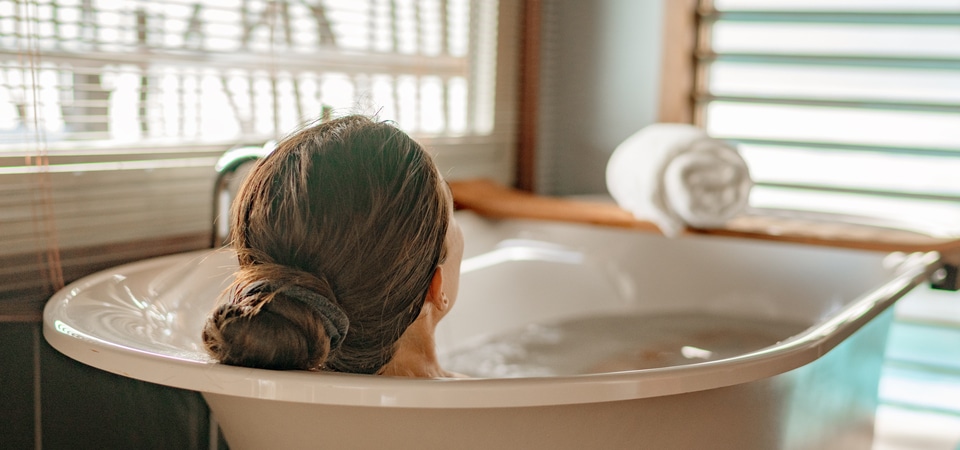
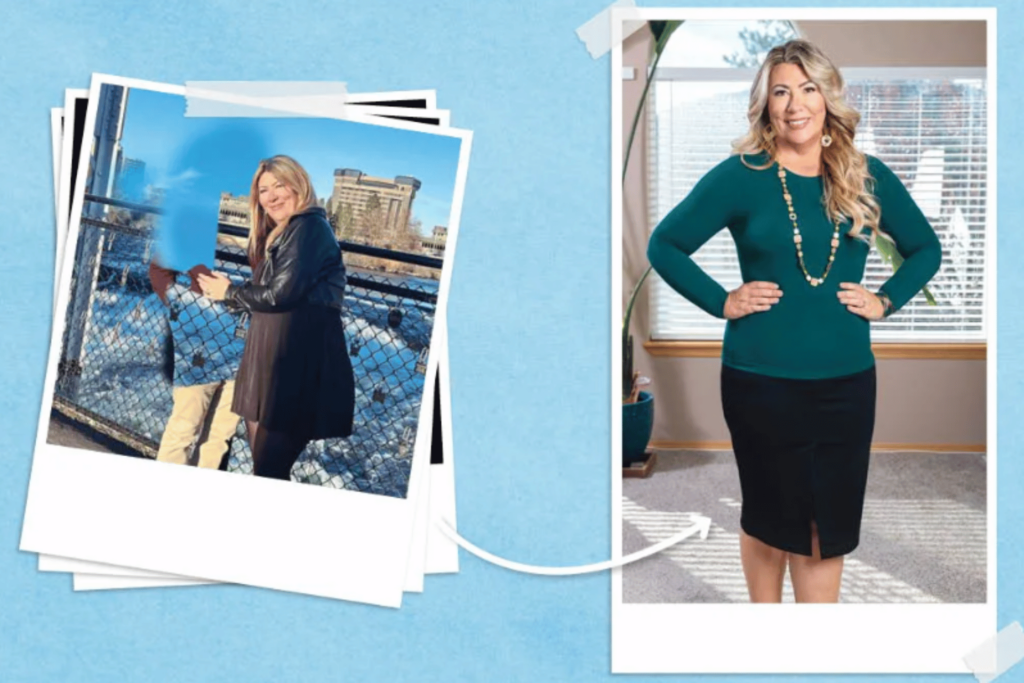

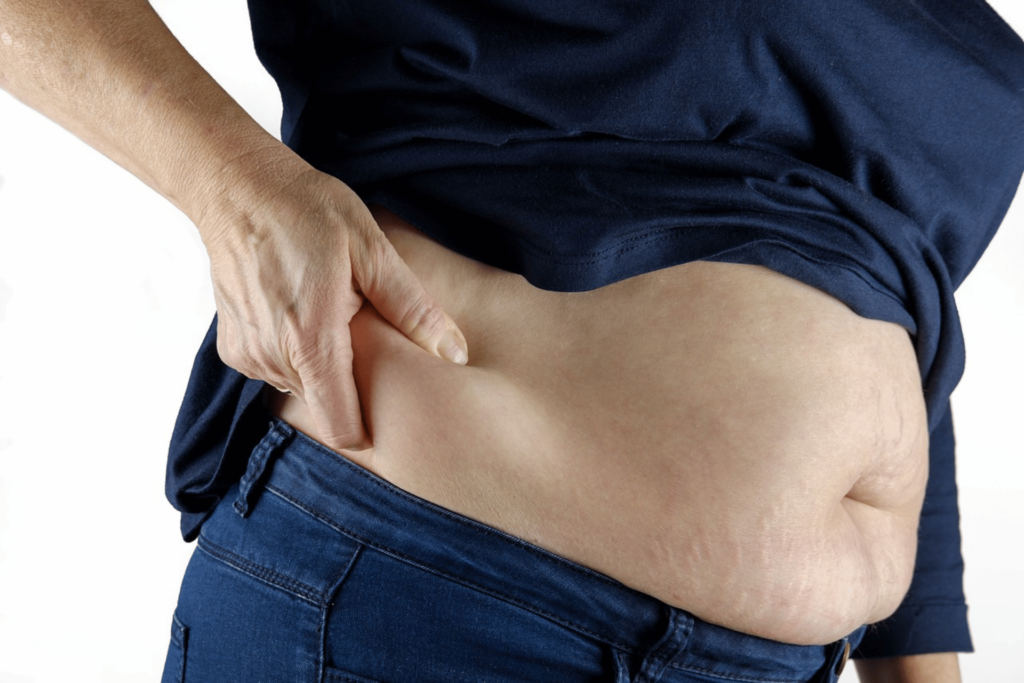





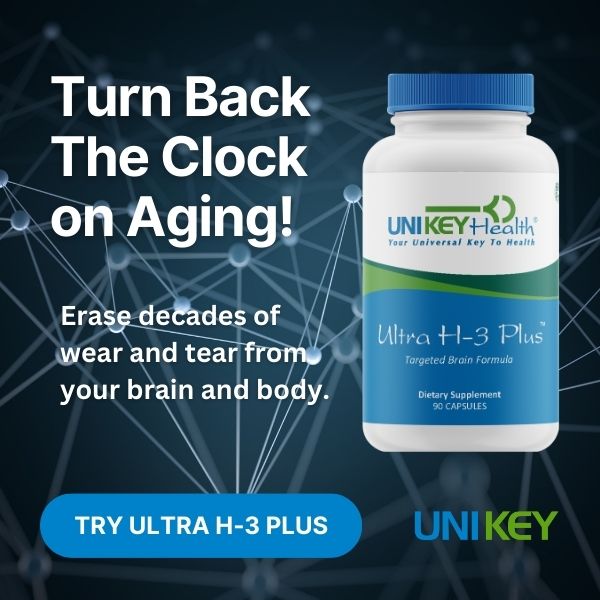

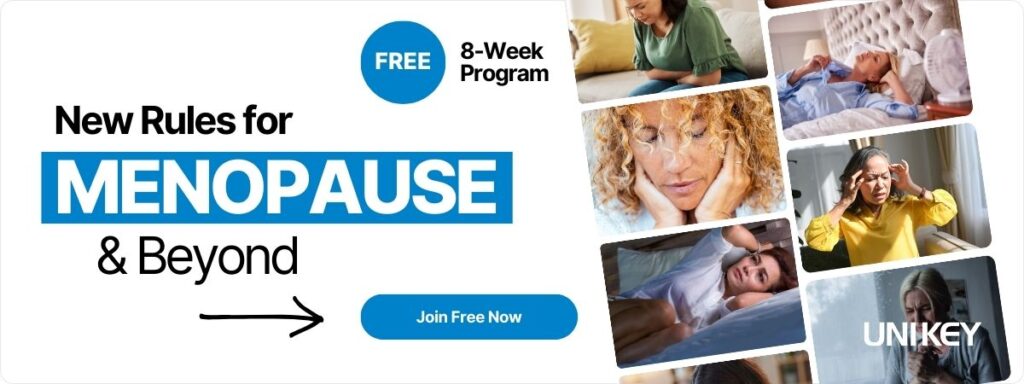
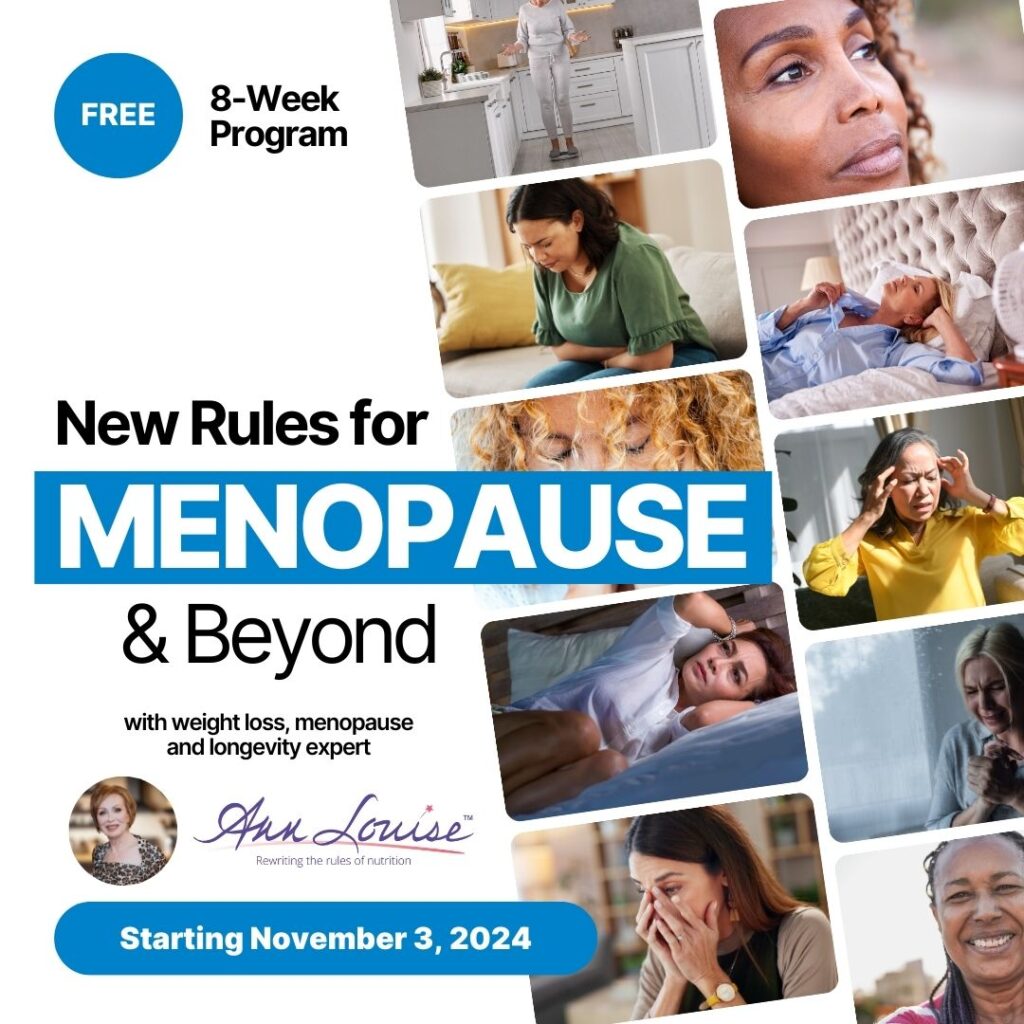
2 Responses
I’m glad it is healthy to add salt to my meals. This concept of gel foods is new to me. I appreciate your information.